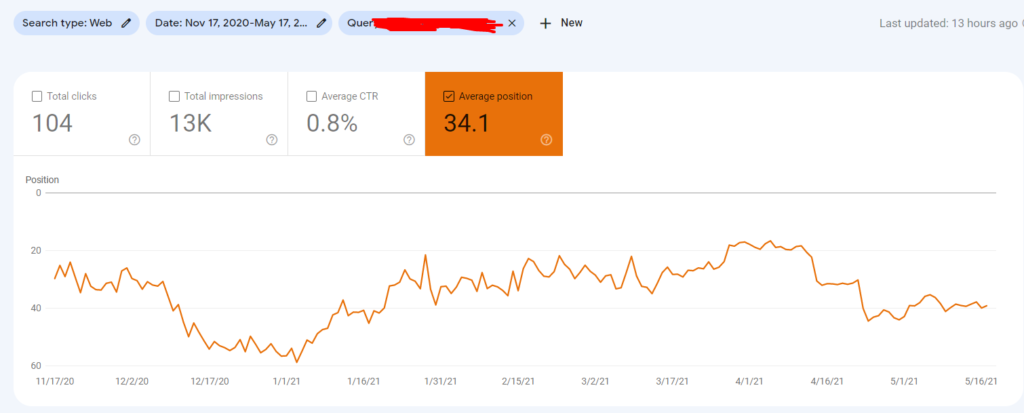CTR Manipulation: Recognizing Its Function in Boosting Internet Site Web Traffic
CTR Manipulation: Recognizing Its Function in Boosting Internet Site Web Traffic
Blog Article
Engagement Methods: The Relevance of CTR Adjustment
In the realm of digital marketing, understanding and manipulating Click-Through Price (CTR) offers as a cornerstone for effective engagement methods. As an essential metric that reflects just how well material resonates with its intended target market, CTR can be influenced by different strategies, from the crafting of headings to the assimilation of visuals.
Understanding Click-Through Price
Although the concept of click-through price (CTR) might seem uncomplicated, it plays an important duty in reviewing the efficiency of electronic advertising campaigns. CTR is defined as the proportion of individuals that click on a specific web link to the number of overall customers that check out the associated content, usually shared as a percentage. This metric functions as a key performance indication (KPI) for assessing the success of various on-line advertising and marketing approaches, including email advertising, social media sites ads, and online search engine advertising.
A high CTR indicates that the content reverberates with the target audience, motivating them to engage even more with the material. Conversely, a low CTR might signify that the web content stops working to record rate of interest or provide worth.
Factors Affecting CTR
A number of aspects significantly influence click-through rate (CTR), forming how properly content captures audience focus. One essential variable is the significance of the content to the target audience. When content aligns very closely with individuals' demands and passions, it normally enhances engagement and raises CTR.
An additional critical aspect is the quality and quality of the headline or subject line. Compelling headings that stimulate inquisitiveness or give clear worth proposals can attract individuals to click. Furthermore, the aesthetic allure of web content, including images and format, plays an important duty; well-designed visuals can stand out and encourage communication.
Timing also impacts CTR; publishing web content when the audience is most energetic can bring about greater interaction rates. In addition, the placement of web links within content is substantial; tactically positioning calls-to-action can direct individuals toward clicking.
Finally, individual depend on and credibility influence CTR. Material from acquainted brand names or trusted sources typically amasses more clicks, as users are most likely to involve with material they perceive as trustworthy. By recognizing and leveraging these factors, marketers can improve their web content methods and maximize CTR properly.
Techniques for CTR Adjustment
Effective techniques for click-through price (CTR) control can substantially enhance on-line involvement and drive traffic. Among one of the most impactful techniques is enhancing titles and headings. Crafting compelling, concise, and helpful headlines catches the target market's focus and encourages clicks. Integrating numbers, questions, or emotional triggers can additionally improve their effectiveness.
Another method includes the critical usage of check this site out meta descriptions. A well-written meta description provides a succinct summary of the material while tempting users to click. CTR Manipulation. Making use of action-oriented language and clear value recommendations can improve CTR
Visual components additionally play an essential function. Incorporating distinctive images, infographics, or videos can draw in users' attention, making the web content much more enticing. Furthermore, A/B screening different visuals can yield understandings right into what reverberates most with the target market.
Finally, leveraging social proof, such as individual evaluations or reviews, can construct trustworthiness and motivate clicks. Showing the appeal of web content or highlighting endorsements fosters depend on and attracts customers to engage.
Measuring Engagement Properly
Gauging engagement successfully is critical for recognizing the influence of CTR adjustment strategies. Engagement metrics supply insights into just how customers interact with content, revealing the performance of various strategies utilized to boost click-through prices. Key performance indicators (KPIs) such as bounce price, time on page, and pages per session need to be checked carefully. These metrics aid examine whether the increase in CTR converts to meaningful user interaction or merely shows superficial clicks.

Moreover, division evaluation can recognize which audience demographics are most engaged, enabling customized web content delivery that reverberates with specific teams. Devices like Google Analytics or heat mapping software application can picture user behavior, highlighting locations of passion or friction within the web content.
Ultimately, a thorough technique that combines qualitative and quantitative data is essential for precisely measuring involvement. This multifaceted evaluation will inform the continuous improvement of CTR manipulation approaches, ensuring alignment with customer assumptions and boosting total effectiveness.
Study and Success Stories

In the technology sector, a more tips here software program company used A/B screening on their landing pages, trying out with various headings and call-to-action buttons. The maximized version brought about an excellent 60% increase in CTR, directly associating with an increase in trial sign-ups and succeeding registrations.
In a similar way, a non-profit organization revamped their donation web page making use of psychological storytelling and engaging visuals. By tactically controling their content and format, they achieved a 35% higher CTR, converting to a significant boost in donations.
These case researches show exactly how thorough methods surrounding CTR manipulation can enhance user engagement, eventually driving conversion prices. By recognizing target market preferences and leveraging data analytics, organizations throughout various fields can understand significant enhancements in their interaction metrics, showcasing the profound impact of thoughtful digital advertising and marketing methods.

Verdict
In verdict, reliable involvement approaches are heavily dependent on the adjustment of Click-Through Rate (CTR) as a crucial metric for content success. By using strategies such as enhanced headlines, compelling visuals, and A/B screening, marketing professionals can considerably enhance CTR and, subsequently, target market engagement.
CTR is specified as the ratio of individuals who click on a particular link to the number of total customers that watch the linked material, generally shared as a percentage.Numerous aspects considerably influence click-through rate (CTR), shaping how successfully content captures target market interest. When content aligns very closely with users' requirements and interests, it naturally boosts involvement and raises CTR.
By recognizing and leveraging these aspects, marketers can enhance their web content approaches and optimize CTR properly.
In final thought, effective involvement techniques are heavily reliant on the adjustment of Click-Through Rate learn this here now (CTR) as a crucial statistics for content success.
Report this page